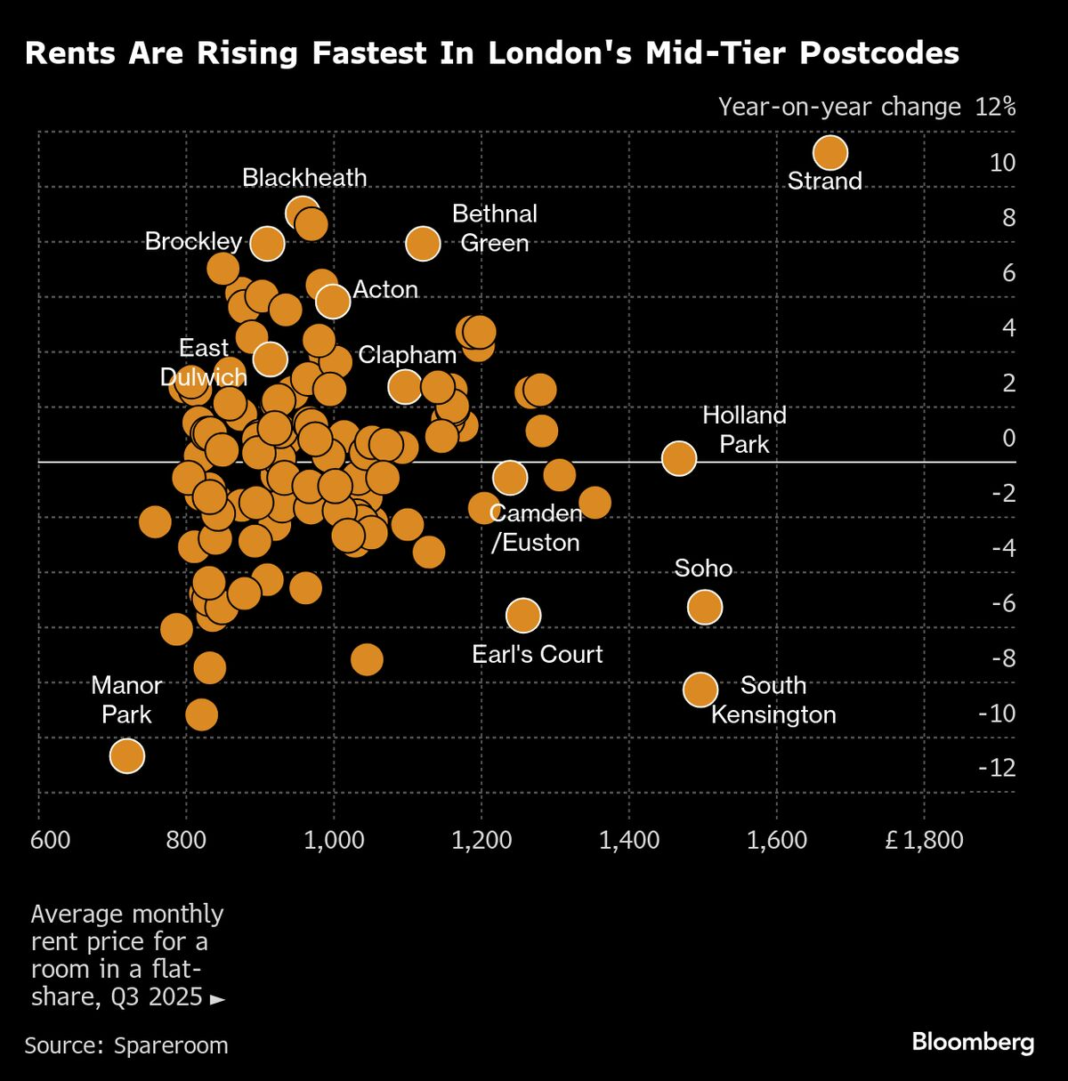The Skyline of Affluence: London’s Most Desirable Neighborhoods
London, a city renowned for its rich history, cultural diversity, and vibrant economy, stands as a beacon for millions seeking opportunity. Yet, as the capital’s reputation grows, so does the exclusivity of its most coveted neighborhoods. The soaring rents in these areas cast a shadow over the landscape, leaving many aspiring tenants priced out and searching beyond their wildest dreams.
The Appeal of Prime Locations
Areas like Chelsea, Kensington, and Notting Hill often top the list of desirable spots in London. Their charm lies in rich architectural heritage, proximity to notable landmarks, and an array of high-end shopping and dining options. These neighborhoods combine an enviable lifestyle with a sense of community that attracts affluent individuals, from celebrities to business moguls.
The allure of these regions extends far beyond mere aesthetics; they offer a lifestyle peppered with cultural experiences, from art galleries to theatres. Residents enjoy not just a place to live, but a vibrant neighborhood that mirrors the very essence of London’s cosmopolitan life.
Escalating Rents and the Rental Crisis
However, this desirability comes at a steep price. In recent years, rents have surged, often outpacing average incomes. For instance, the cost of a small apartment in these prime locations can reach astronomical figures, leaving many potential tenants disheartened. The rental crisis is particularly acute for young professionals, who often find themselves in competitive bidding wars for properties that may be well beyond their budgets.
The ripple effects of such escalating costs are profound. As prices climb, many tenants are pushed further out into the suburbs, leading to a geographical and socioeconomic divide within the city. In turn, this can exacerbate commuting issues, as more individuals are drawn away from the urban core and into less accessible areas.
The Shift in Demand to Emerging Areas
The financial strain of renting in traditional hotspots has sparked a movement towards emerging neighborhoods. Areas such as Hackney, Brixton, and Stratford have seen a surge in interest as they offer comparatively affordable housing along with vibrant communities. These neighborhoods often feature a rich cultural tapestry that has garnered attention from new residents, including young families and creative professionals.
Developers are increasingly recognizing this shift, investing in infrastructure and amenities to cater to the influx of new tenants. This has led to revitalization efforts that can transform once-overlooked areas into trendy hubs of activity. As a result, we witness a dynamic reconfiguration of desirability across the city’s landscape.
The Impact on Community and Culture
The affordability crisis isn’t just about numbers. It has profound implications for the culture and fabric of London’s neighborhoods. As long-term residents are forced to relocate, local businesses may struggle to survive without loyal patronage. The intimate connections forged within communities can erode, leading to a homogenization of culture driven by transient populations often more focused on profit than local engagement.
Moreover, as gentrification sweeps into historically diverse areas, there are growing concerns over the loss of cultural heritage. Artistic expressions, local cuisines, and community events that define these neighborhoods can diminish, replaced by upscale establishments catering primarily to the wealthier demographic.
The Role of Policy and Future Trends
In light of these challenges, there have been calls for more robust housing policies to strike a balance between development and community preservation. Policies aimed at increasing the supply of affordable housing, enhancing tenant protections, and supporting local businesses are essential to ensure that London remains a city for everyone.
Future trends may see a blend of luxury and affordability as communities push for mixed-income developments. This approach not only preserves the character of neighborhoods but also encourages residents from diverse economic backgrounds to coexist, enriching the cultural tapestry of this iconic city.
As London continues to evolve, it stands at a crossroads. The decisions made today about its housing market will reverberate through the city for generations to come, and how it navigates this landscape will determine the kind of city it will be for both current and future residents.



